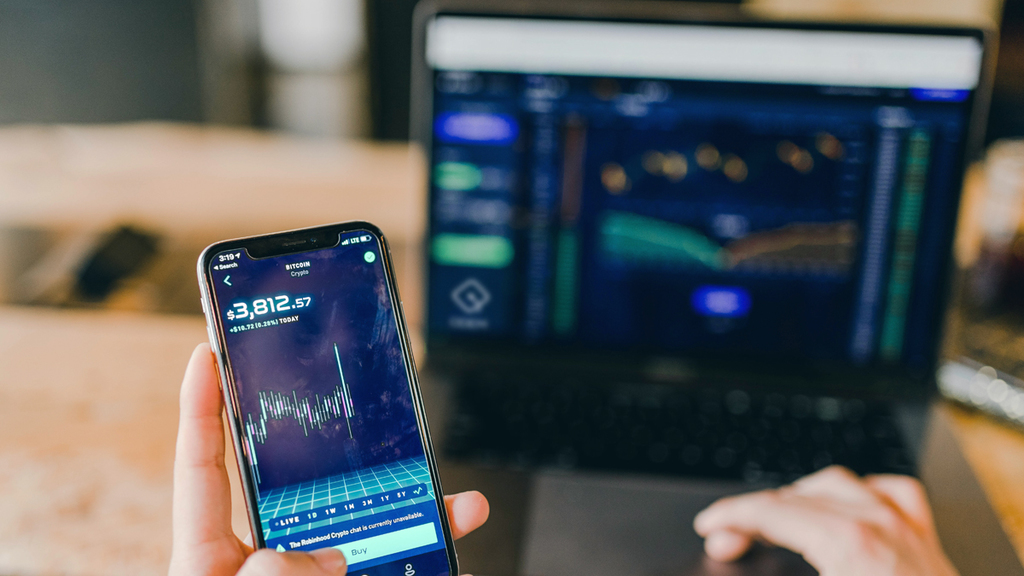Cryptocurrency Wallets: What You Need to Know
Safety and Security: Your Digital Wallet and the ODEM Platform
On our quest to provide lifelong learners with better alternatives to traditional college education, we’ve sought new technological ways of enhancing the educational journey. Blockchain technology is one such alternative. It’s a form of cryptographic software that enables the tamper-proof storage of information such as diplomas and transcripts on the ODEM Platform.
The Platform, an on-demand education marketplace, is designed for blended learning that brings together online certificate courses with traditional face-to-face instruction. Blockchain technology is a cornerstone of the Platform because it allows you to control your educational experience and records of achievement. It does this by securing your academic credentials and ensures their authenticity; once your achievements are recorded, they can’t be altered.
The Platform is powered by the ODEM Token, a cryptocurrency based on the Ethereum blockchain. Once a registered Platform user, you can use our Tokens to pay for academic programs, showcase your skills, and connect with potential employers. To hold Tokens securely and conduct transactions across the marketplace, you’ll need a digital wallet.
Wallets 101
Unlike physical wallets that we carry around, digital wallets hold digital currencies. Access is controlled by your private and public keys. A private key authorizes your use of the wallet and must be protected. The public key is what you provide when requesting funds or data from other people. Think of it as your home address. A wallet records your blockchain-based transactions and academic credentials claimed on the blockchain.
Choosing your wallet
Your digital wallet ensures the safety of your assets, and so it’s important to understand the type of security that each kind of wallet provides.
- Mobile wallets allow you to transact directly from your mobile phone, making it easy to pay for goods and services with cryptocurrency. Because they’re often simpler in design and easily accessed via an app, mobile wallets are highly prone to attacks by hackers.
- Desktop wallets are only available from the computer that they’re downloaded on and are more secure than mobile wallets. However, if your computer becomes compromised due to a virus or hack, your wallet may be at risk.
Web wallets allow access from any internet-connected device. While very convenient, web wallets can increase users’ exposure to risk. - Paper wallets are just a piece of paper documenting your wallet address and private key. They provide greater security because they aren’t connected to the internet, but paper wallets can easily be lost, stolen, or damaged.
Hardware wallets are the most secure type, storing your encrypted data in a physical piece of hardware. This type of wallet isn’t available to hackers because it’s offline and is immune to viruse.
Articles published on CoinTelegraph and BlockGeeks further explain how mobile, desktop, web, and paper wallets function.
Hot vs cold, online vs offline
Hardware wallets are physical devices, whereas other wallet options are referred to as “soft” because they’re software-based on your computer or phone. This distinction is also made by categorizing wallets as hot or cold. Hot wallets are connected to the internet: mobile, web, and desktop wallets fall into this category. Cold wallets aren’t connected to the internet, a security feature only physical wallets, like hardware devices and paper, can provide. The danger of having your wallet connected to the internet is that you’re vulnerable to hacking and theft. While hot wallets include security features to mitigate this threat, theft is still possible. This is why we advise against solely using a hot wallet; the risk is too high.
At ODEM, we recommend combining a hot wallet with a cold wallet to facilitate easy use of your ODEM Tokens or other cryptocurrencies and to secure your keys to that data offline. A desktop wallet, like MyEtherWallet provides the necessary convenience while hardware wallets like Trezor or Ledger significantly increases the security of your private key.
Once you’ve chosen your wallet, be sure to store your keys offline. With cryptocurrency wallets, once you lose your keys, your wallet is gone. It’s very important to take your security seriously. Make sure to write down your private key and store it in a safe place. This will be your backup in the event of a security breach. Never share your private key by email, or any other unencrypted communication method.
Ultimately, the wallets you choose will be a personal decision based on security features, operational ease, and your personal risk tolerance. Security should always be your first priority.
Ready to participate in the ODEM marketplace? If a MyEtherWallet is right for you, we’ve included an easy-to-use guide for setting yours up:
- Log into the ODEM Platform and go to “My Profile.”
- Select the “WALLET” tab and click on “Create a Wallet.” You’ll be directed to myetherwallet.com.
- Follow the website’s instructions to create a wallet. Need help?: PDF Wallet Guide VIDEO: Setting up your wallet.
- After you’ve created your wallet address, paste it into your Profile in the WALLET tab on our Platform.
Join the conversation on Telegram, LinkedIn, Facebook, and Twitter.
